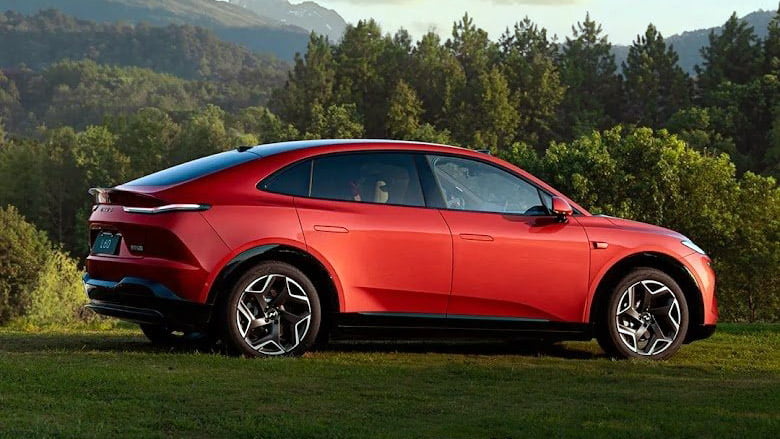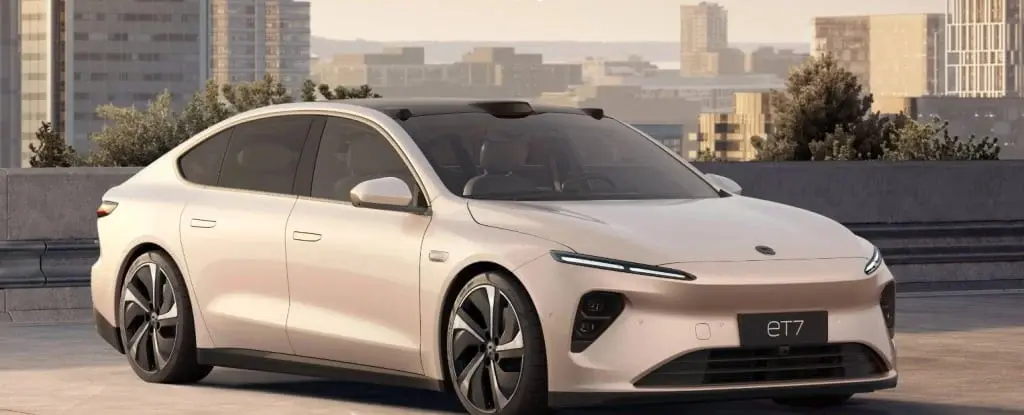Key Takeaways
1. Tesla users in China are increasingly supporting battery swap technology due to significantly shorter swap times compared to traditional charging.
2. CATL, the world’s largest battery manufacturer, is expanding its battery swap initiatives, predicting that battery swapping will fulfill a third of all EV charging needs by 2030.
3. The company is focusing on heavy-duty trucks, expecting a 50% electrification rate in the coming years, and has introduced standardized swappable battery packs for this segment.
4. CATL plans to build 300 battery swap stations in 2025, aiming for a comprehensive network across major transportation areas in China by 2030.
5. The new #75 heavy-duty battery pack can be swapped in five minutes, offering significant cost savings for electric trucks over diesel vehicles.
Tesla users in China have began to show their support for the battery swap idea that companies such as CATL and NIO are using. One Tesla influencer there noted the stark difference in charging times.
“Another NIO has come and gone, and this time I took the time,” they shared while waiting at a Supercharger near a NIO battery swap area. “It only took 3 mins and 30 seconds from the moment it parked in the bay to finish the swap,” they mentioned, expressing a little envy as it would take at least 40 mins for their Tesla.
Battery Swap Adoption
The battery swap idea, first introduced by EV brands like NIO, has now gained endorsement from the world’s largest battery manufacturer, CATL. Initially, it teamed up with NIO to share knowledge about swap stations and powertrains, then created long-lasting battery packs made for swapping, and is now constructing its own swap stations for both passenger and commercial vehicles.
CATL is really confident in the future of battery swapping, and it has invested in several projects based on its forecast that battery swapping will meet a third of all electric vehicle charging requirements by 2030.
Heavy-Duty Truck Innovations
CEO Robin Zeng has mentioned that this vision includes commercial vehicles, such as heavy-duty trucks, where the electrification rate is estimated to hit 50% in the next few years. Currently, more than 30 electric truck models by 12 different manufacturers are utilizing CATL’s Qiji swappable battery chassis, and this number is expected to grow significantly.
To prepare for the increasing demand for heavy-duty electric trucks, CATL introduced the first standardized swappable battery pack for this category, named #75. This comes after the previously announced #20 and #25 packs for passenger EV swap stations last year.
Future Plans for Battery Swaps
The #75 truck battery packs will be used at the swap stations operated by CATL’s subsidiary, Qiji Energy. CATL plans to build 300 of these stations in 2025 alone, with a comprehensive network of truck battery swap stations projected to cover all major transportation areas in China by 2030.
According to CATL, the new #75 heavy-duty battery pack can be changed in just five minutes at a Qiji station, potentially saving more than $8,000 for every 100,000 km driven compared to a diesel truck.
While CATL admits that the savings compared to an LPG truck are less significant, they believe the swapping process is more effective. They also note that the volatility in global LPG prices continues to make investing in electric trucks a smart choice.
Source:
Link




